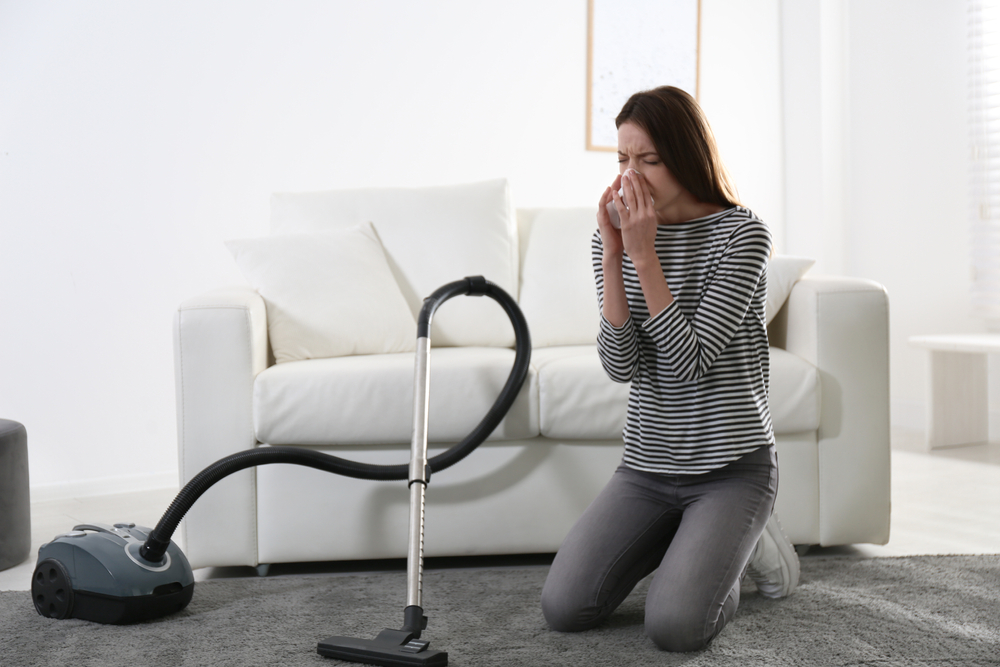A colourful canvas and meticulous attention to detail underscore the design narrative of Vinayaka Prabhu’s lovely 3 BHK home in Kanakapura Road, Bangalore. The young homeowner was looking for a clean and streamlined interior that’s easy on the eyes, gentle on the pocket, and reflects his persona...
































 EXPLORE MORE
EXPLORE MORE







